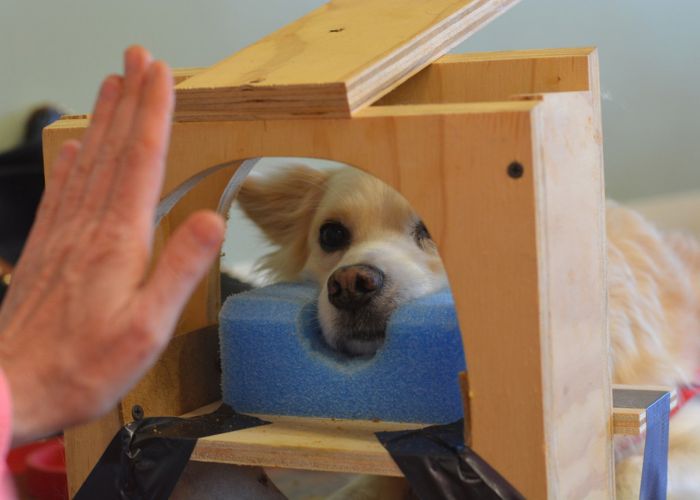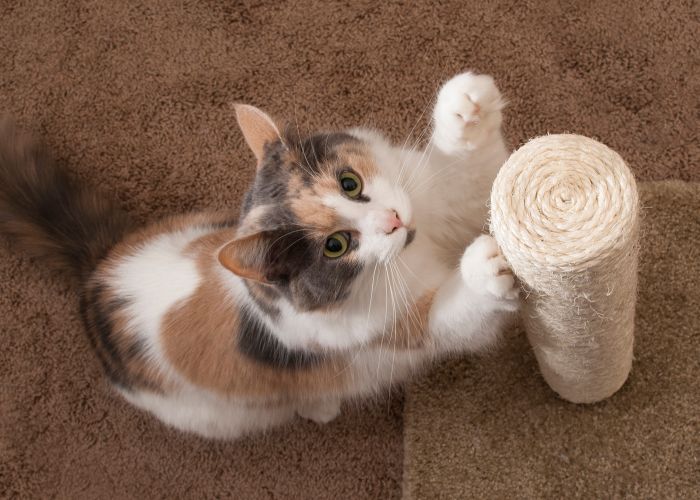Lasting impressions
Making your organization a vital presence in the community
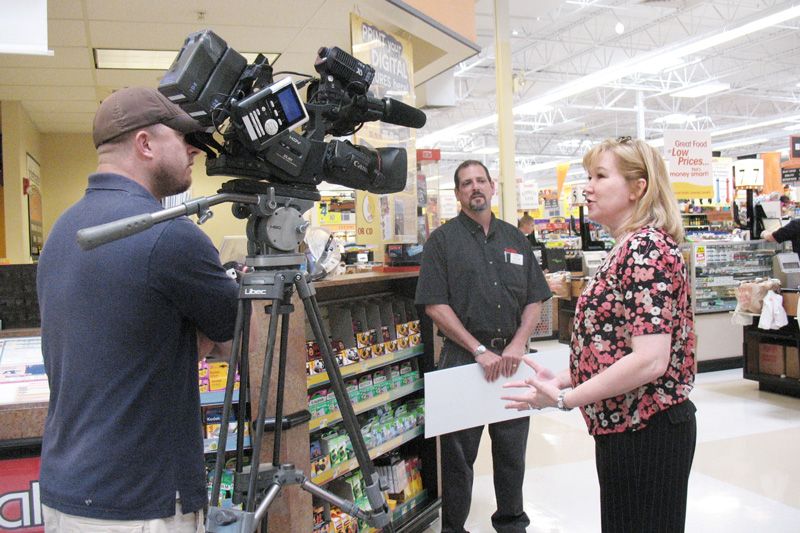
No wonder we often feel that we’re experiencing information overload: A 2011 study found that each of us is bombarded by the equivalent of 174 newspapers’ worth of information a day. How do you cut through the noise and rise above the sheer volume of information to reach the supporters you need for your lifesaving work?
The answer lies in making repeated, meaningful “impressions.” Impressions are created when an individual sees or hears about your organization in a way that gains attention and creates awareness. It could be a mention on the radio, a poster, a tweet or Facebook post, a conversation with a friend, a billboard or an adoption event at the mall.
It takes multiple impressions to motivate a response like donating or volunteering. Seven has been considered the magic number of impressions needed for results, but some marketing experts suggest that the number may be even higher now.
How can you create effective impressions that cut through all the distractions? Consider how you became engaged in this cause. If it was an emotional reaction to an animal that first hooked you, then you already know what will best engage others.
Steven Hirano, who managed publications for Best Friends Animal Society for many years, had a strategy for selecting photos that evoked what he called “the awww factor” (as in “Awww, that’s so cute/touching/funny”). In other words, he was selecting images that would create a positive emotional reaction and endear his organization to people.
Getting the word out
Because creating impressions is so valuable to your lifesaving work, it’s critical that you build relationships with local media. While social media is marvelous, it’s not a replacement for print, radio or TV. It’s more challenging to get media coverage in a larger city, but regardless of the size of your community, reporters and talk show hosts need news and guests, so you are cultivating a mutually beneficial relationship.
How do you cultivate a relationship with the media? At the most basic level, when a reporter calls, be accessible. After the first interview, give reporters your personal cell phone number and invite them to call anytime.
There’s no way you can buy the kind of coverage a single article can provide, so you can’t afford to miss an opportunity. Reporters are often working on a deadline, and if they can’t reach you, they will move on to someone they can reach. Make yourself available and you’ll likely be called again.
You don’t have to sit back and wait for a call. Online research can help you identify the local reporters who have covered animal issues in the past, and you can email news releases directly along with a personal note. Individually, invite reporters for coffee or a tour of your shelter; share information about your organization and ask what will be most helpful to them.
If you’re launching a new initiative, ask for a meeting with the editorial board of your local paper to tell them about your plan and seek their support. Offer to write a weekly column; although you likely won’t be paid, a column that shares your vision and establishes your expertise is priceless. The letters to the editor page is one of the more frequently read sections of a newspaper, so consider writing letters to express thanks to the community and to comment on news that impacts animals.
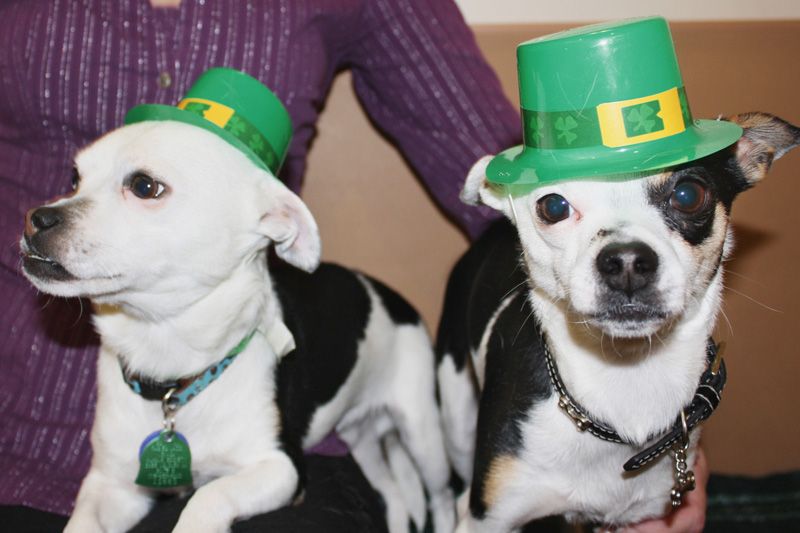
How to give a good interview
Master the art of giving a great interview, and reporters will come back to you. Here are some tips.
Before the interview:
- Write out your three most essential messaging points in a few words. Concise sound bites are especially important for TV interviews.
- Prepare to answer open questions like: “What’s going on here today?” Respond with a full sentence and your organization’s full name: “Here at the Kane County Humane Society we have an art show and adoption event going on all weekend. … If you love animals, nature and art, you won’t want to miss it.”
- Have a few facts ready, but don’t overwhelm people with numbers—you can always provide more data in writing to the reporter.
- Many people dream of working with animals, so those of us who are living the dream need to be prepared with a brief answer to questions about how we got into this work and what we love about our job.
During the interview:
- Avoid jargon and use simple words; this is not a vocabulary contest.
- Avoid negative comments and words that may sound judgmental or condescending. Do not criticize people or talk about “responsible pet ownership” or “educating people.”
- Touch hearts with a short, memorable story of an animal and how your organization helped. Evoke positive emotions by talking about the fun and rewards of foster care and the joy of adopting your new best buddy. Thank people for their help and support. Share information about the services you provide that save lives and keep people and pets together. Invite people to help.
- Share your passion and show your enthusiasm—it’s truly contagious!
- SMILE! Even on the radio, people can hear it in your voice.
- Animals are their own best representatives; bring one along even for radio shows.
After the interview:
- Provide reporters with additional contacts and resources; they will remember you as a knowledgeable, helpful source.
- Thank the reporter and invite her to contact you with any follow-up questions. If you promised to get back to her on anything, do so immediately.
- Happy with the results? Share the news story on Facebook and email the link to your organization’s supporters.
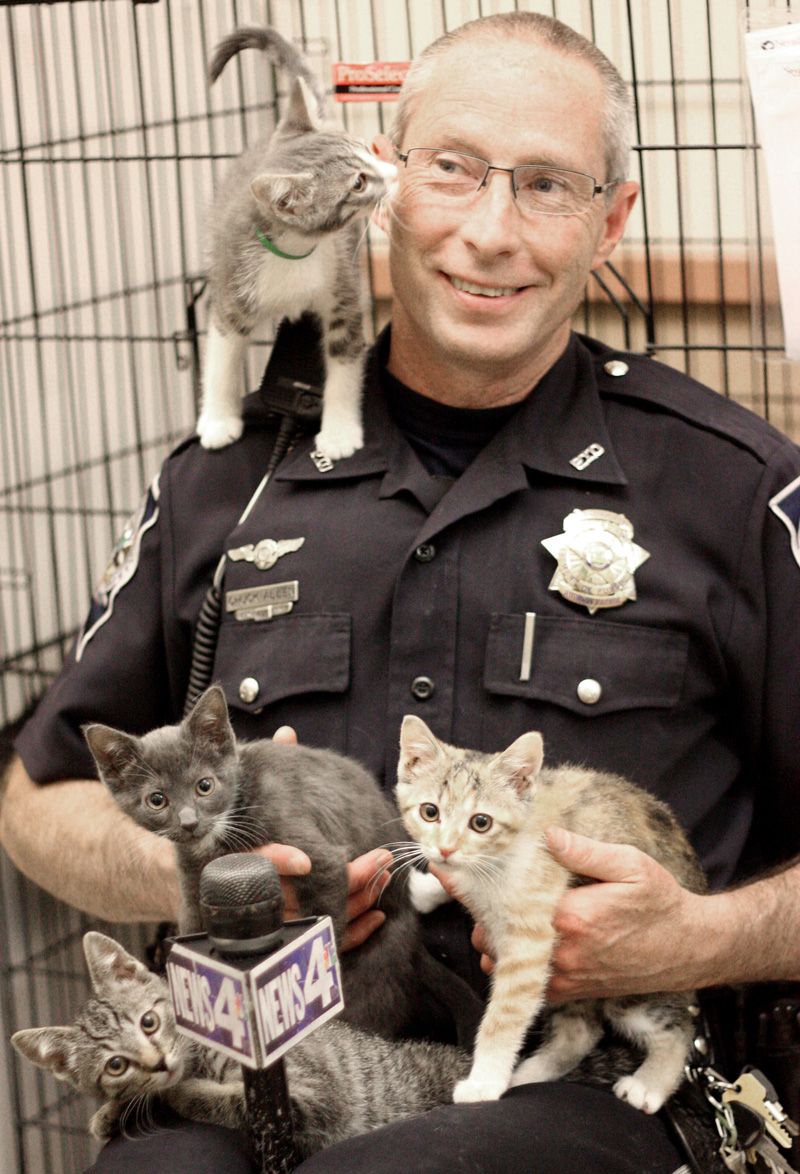
Catch a star
While getting a Hollywood star to embrace your organization may be pie-in-the-sky, don’t turn your nose up at local celebrities. The faces and voices that people in your community recognize have tremendous credibility and influence right where you need it. Local news anchors, meteorologists, performers or public officials are often accessible and happy to help.
Invest in advertising
Money invested in promoting your organization’s good works for animals and asking for help can be a sound investment. Donors may be willing to fund an ad campaign if you ask them. A foster caregiver once gave the Nevada Humane Society $3,000 to create and run a TV public service announcement to recruit more foster caregivers. Another donor gave the organization funding to promote seniors-for-seniors pet adoptions; individuals and businesses sponsored pet-of-the-week ads.
Creating engagement
One of the most powerful ways to engage people is to ask for their help. It feels good to help and once someone does help, they are much more invested in your organization in the future. Even if your organization could do it all single-handedly, you are well-advised to enlist others in your work as it directly supports the larger mission of creating a truly humane society.
Most people need to be asked to help, and the more specific the request, the more effective. Do you need people to adopt adult cats, donate dog toys or milk replacer, become a foster home or give money to purchase an autoclave for your clinic?
Be specific about what you want and why it is needed. Statements like “We need donations” or “Volunteers are needed” are too vague, leaving too many unanswered questions. Being clear and specific makes it much easier for people to make a decision: “Hey, I think I could do that!” or “Aunt Betty might enjoy doing that!”
Twenty years ago, I heard Rich Avanzino of Maddie’s Fund say: Do good things, tell people about them and ask them to help.
It is still the most effective road map for creating engagement and lifesaving support for the animals.



